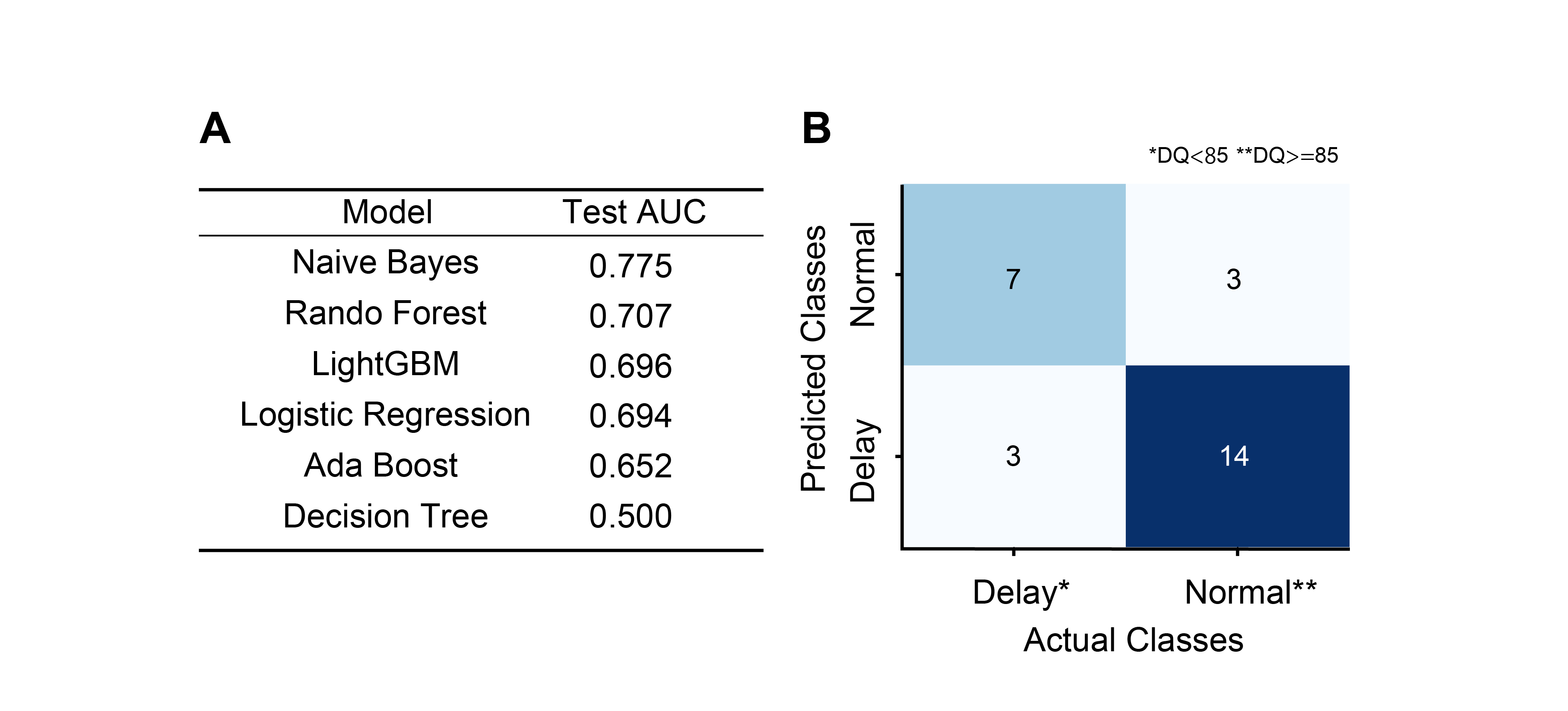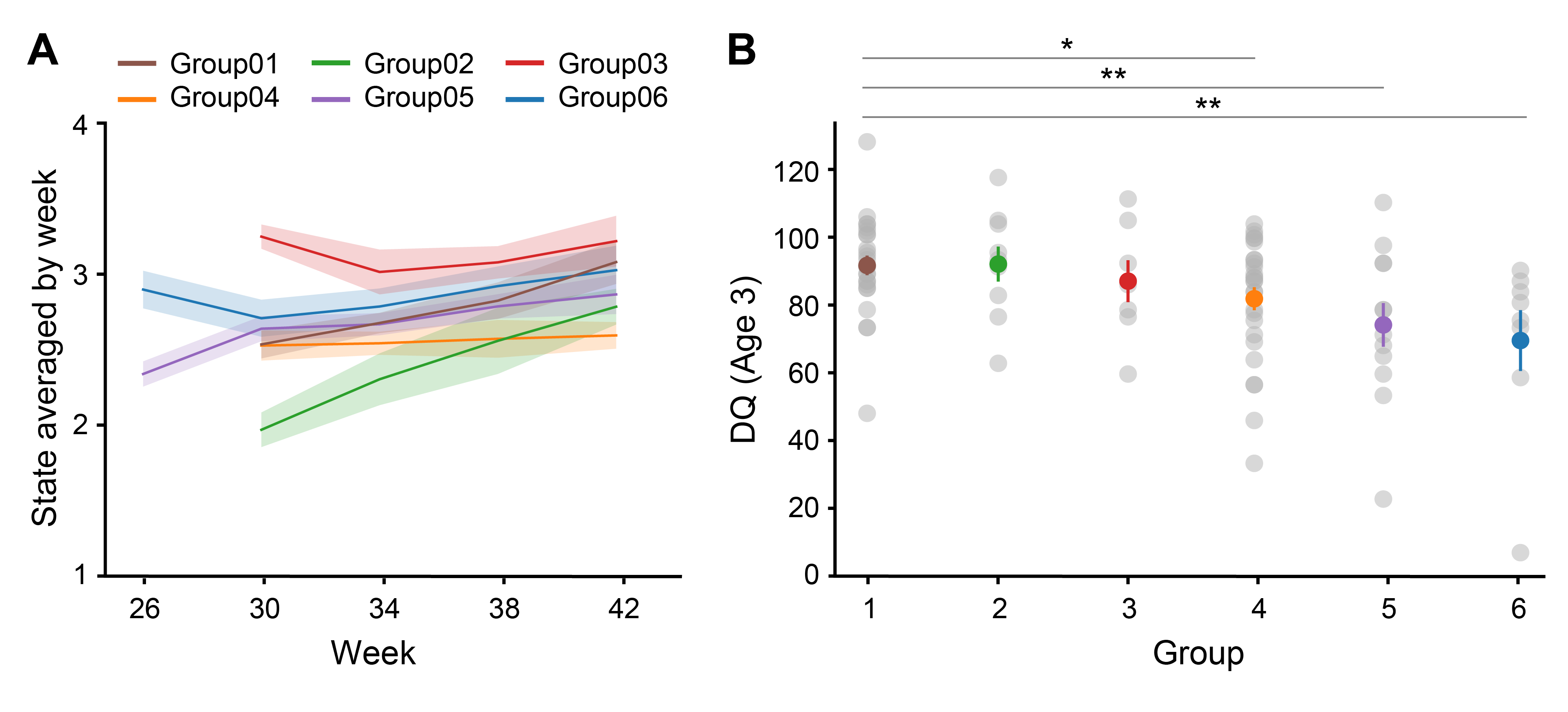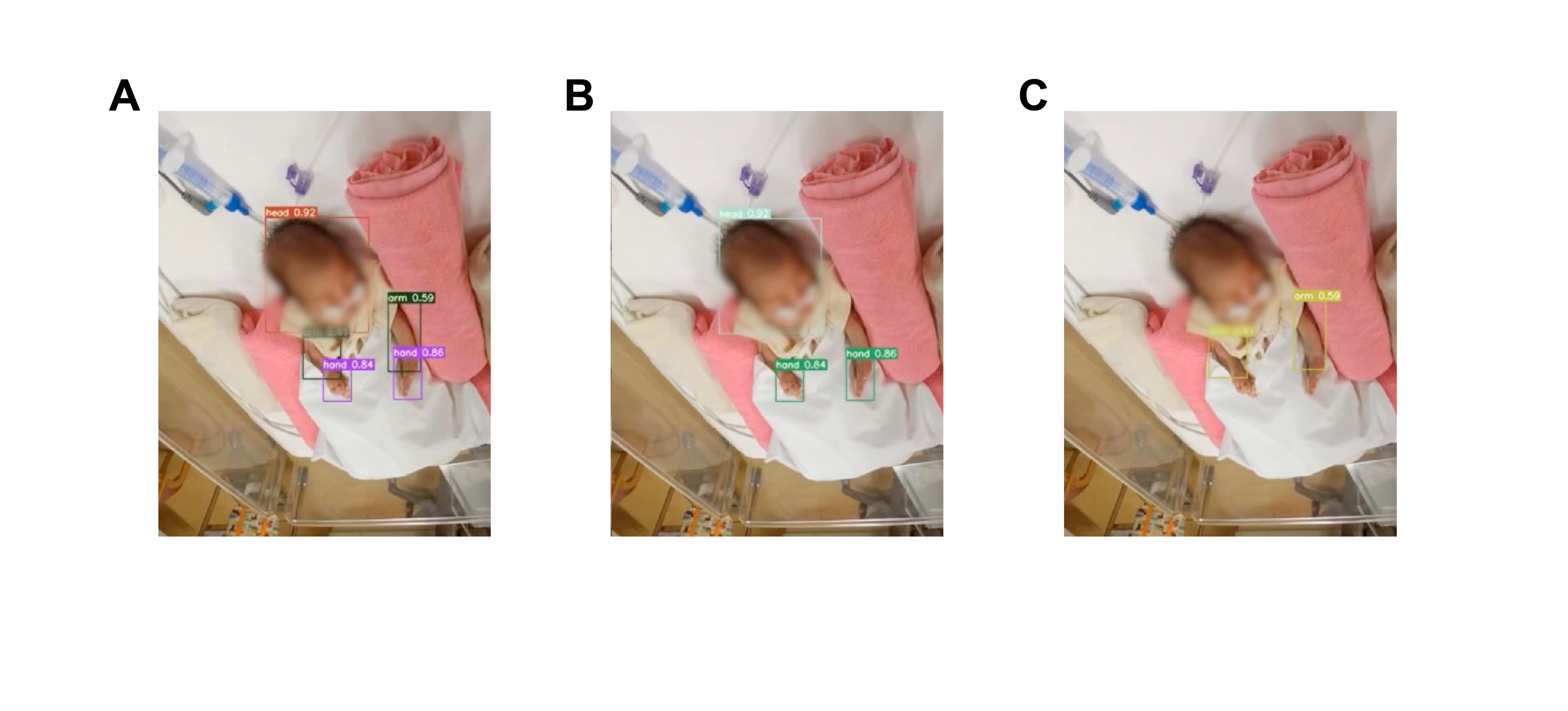Technology
Session: Technology 2
192 - Neonatal State as a Prognostic Marker for Infant Development and Potential Use of Video for State Auto Assessment
Sunday, May 5, 2024
3:30 PM - 6:00 PM ET
Poster Number: 192
Publication Number: 192.1764
Publication Number: 192.1764

Monami Nishio, MD (she/her/hers)
research fellow
National Center for Child Health and Development
Chuo-ku , Tokyo, Japan
Presenting Author(s)
Background: Early identification of infants at high-risk of developmental delay is crucial for improving prognosis. The neonatal “state”, a component of the Neonatal Behavioral Assessment Scale, has known to be correlated with developmental outcomes, thereby presenting itself as a potential prognostic marker. However, the current evidence is limited, and manual assessment of neonatal state is load-intensive and often impractical in clinical scenarios.
Objective: This study aims to assess the potential of neonatal state as a prognostic marker and develop an AI-based video analysis tool for automated state assessment.
Design/Methods: We enrolled 88 children born between 2018 and 2020 with a birth weight below 1500 g. At the age of three years, they underwent a Kyoto scale of psychological development assessment. Six types of machine learning models were employed to predict whether Developmental Quotients (DQ) at the age 3 is below 85 (delay) or not (normal) based on mean, max, min and standard deviation of neonatal state during their NICU stay. An unsupervised clustering method was also used to classify neonates into groups based on their average state per 4 weeks from corrected gestational weeks 27 to 42 to see whether differences in prognosis were observed between groups. Approximately 30 preterm children born between 2022 and 2023 were enrolled for the development of a video-based state assessment tool. Videos recorded with smartphones during their NICU stay were split into train and test sets. Deep-learning model was trained with train set and the performance of the model was evaluated with test set.
Results: The study revealed that DQ at age 3 can be predicted with 77.5% accuracy with best-performing Naïve Bayes model (Figure1). Furthermore, unsupervised clustering of the time-series data revealed that a group of neonates with a slower state progression exhibited significantly lower DQ scores at the age 3 than those starting at the similar baseline but progressing more rapidly (Figure2). Video-based deep learning model was able to track body parts (head, arms, hands) of neonates with an 80% accuracy (Figure3), and allowed the auto-assessment of state progression over weeks.
Conclusion(s): This study underscores the prognostic relevance of neonatal state, especially the rate of its evolution over successive weeks, highlighting its potential as a biomarker for developmental risk. Additionally, we have demonstrated that videos recorded on standard smartphones can be effectively used to auto-assess neonatal states, thus paving the way for efficient and practical prognosis assessments in clinical environments.



